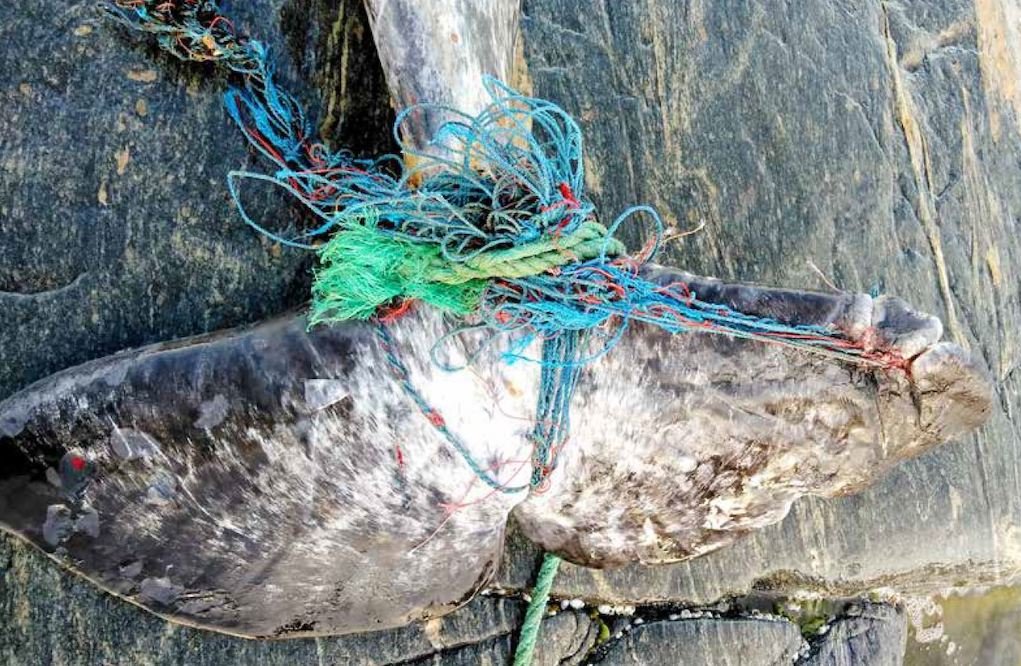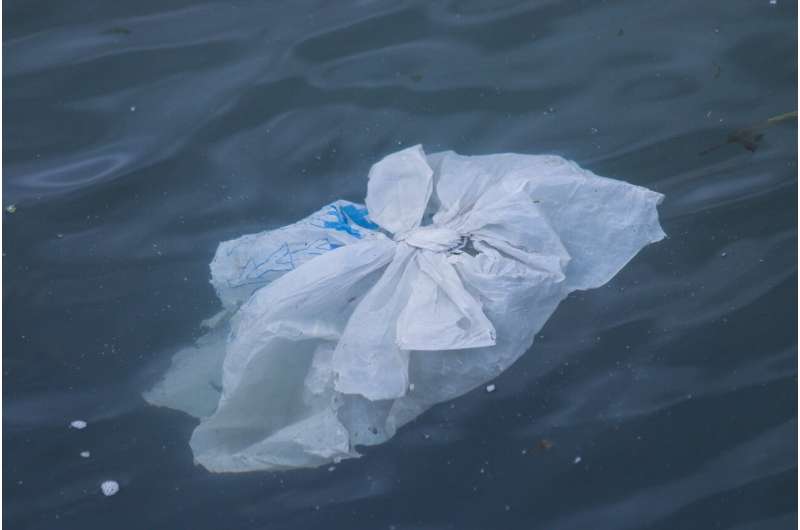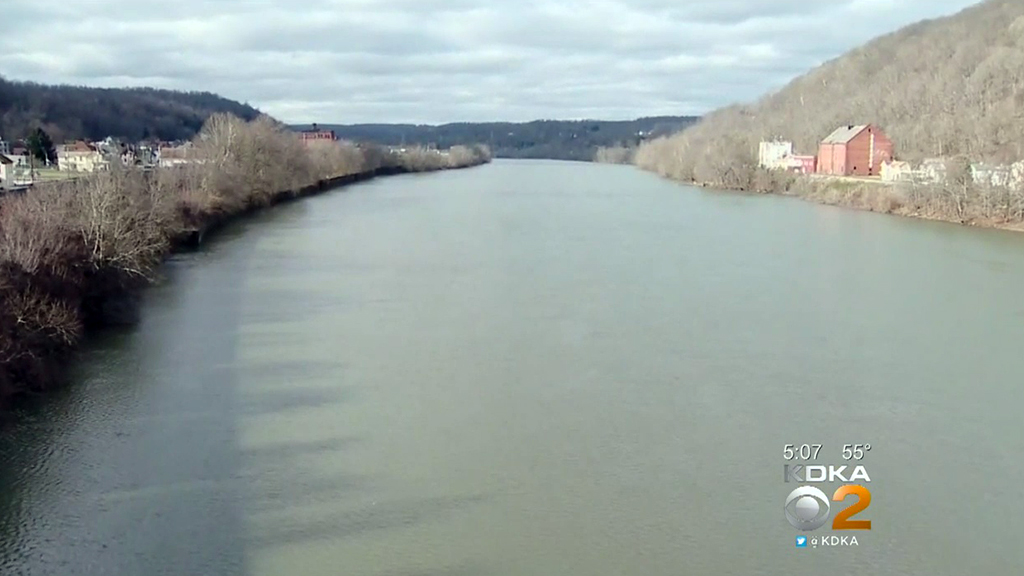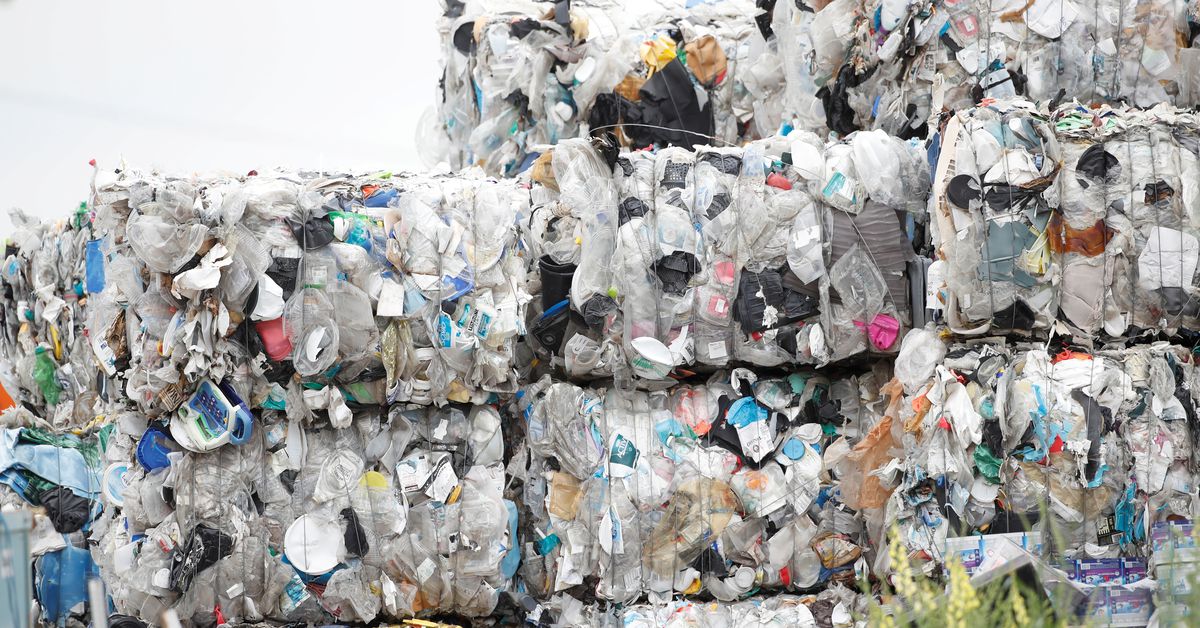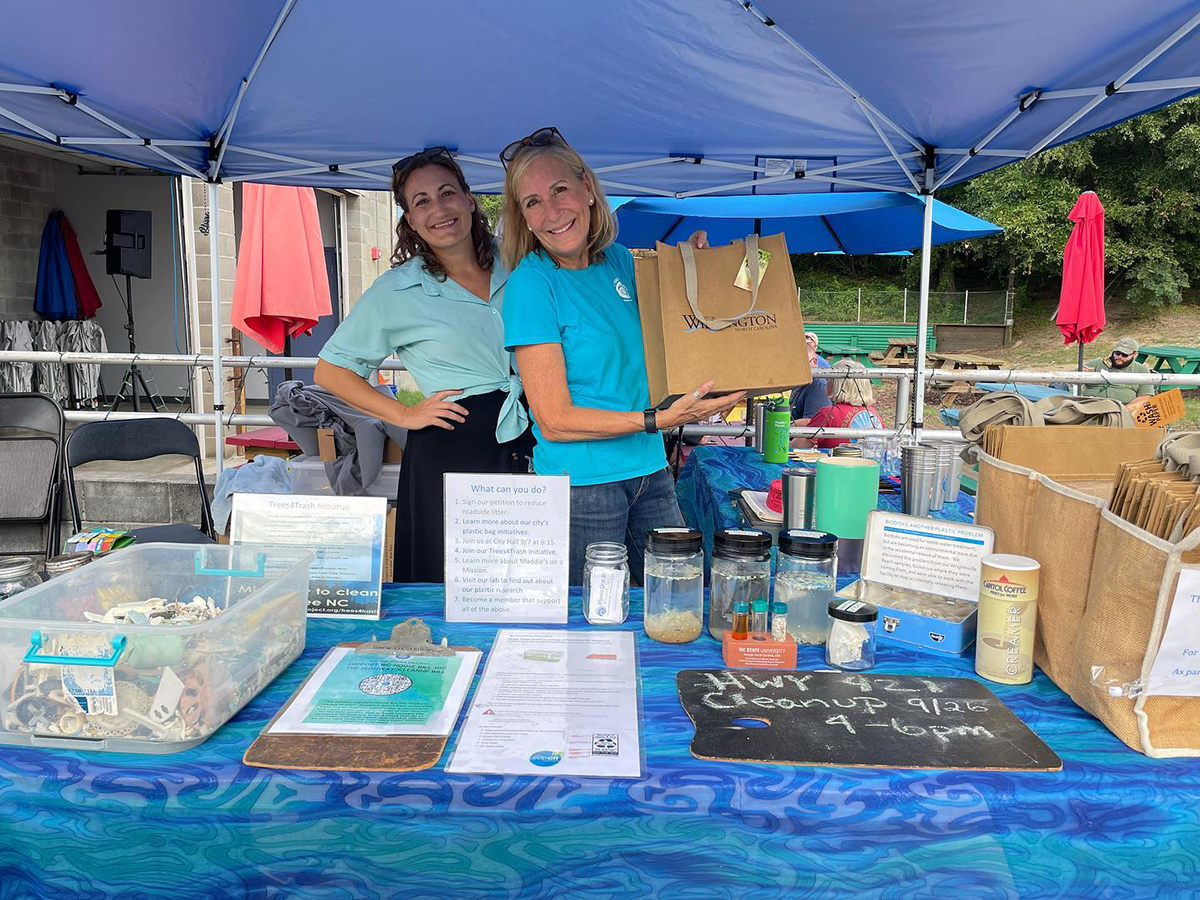
Wilmington put in place a sustainability program in 2012 that recently has been trying to combat plastic pollution – especially plastic bags — through education and outreach, with the help of a state grant and partnerships with nonprofit organizations.
The sustainability program aims to efficiently manage energy, water and waste, “while cultivating a culture of environmental stewardship throughout city operations to reduce our environmental footprint. We strive to implement fiscally and environmentally sound projects to preserve the quality of life of our community and resources,” according to the city.
Part of the outreach included having the city council approve in September a resolution to reduce plastic waste and support Ocean Friendly Establishments, a nonprofit initiative that encourages businesses and nonprofits to reduce single-use plastics.
David Ingram, Wilmington’s sustainability project manager, who has been in this role since 2015, said in an interview that the resolution ties in nicely with his department’s outreach work funded through a state grant from the 2020 Community Waste Reduction and Recycling Grant Program.
The city was awarded $16,917 with a $3,383 match requirement, totaling $20,300 toward the effort. The grant, which was put in place to help local governments in expanding, improving and implementing waste reduction and recycling programs, is administered by the North Carolina Division of Environmental Assistance and Customer Service through the Solid Waste Management Outreach Program, according to city officials.
City officials apply for this grant each year. This year, they pitched building the city’s recycling program with a focus on increasing public awareness of waste reduction and recycling and supporting the statewide Recycle Right NC campaign as well as promote the “Mayor’s Plastic Bag Challenge,” an effort to reduce single-use plastic bag usage.
“This year, the focus of that grant was really just a lot of outreach and education in regards to not only Recycling Right, but also promoting the use of reusable bags to help eliminate the use of single-use plastic bags,” Ingram said.
Ingram said the city had used the grant to take numerous steps to educate residents and help them understand what can be recycled, including Recycle Right NC materials. “We really tried to kind of simplify and make it more streamlined,” he said.
The city program also purchased reusable bags to hand out and provided some to the Plastic Ocean Project to distribute at their recent events, Ingram added.
“I would say to this particular grant, the education outreach efforts will be ongoing, and we have quite a few more reusable bags to distribute. We have a lot of messaging just in regard to Recycling Right,” he said. “Going forward, we hope to collaborate on some other events as well just to continue that messaging.”
Ocean Friendly Establishments is an initiative of the Plastic Ocean Project, which aims to educate the public and help address the global plastic pollution problem.
Plastic Ocean Project Executive Director Bonnie Monteleone told Coastal Review that it didn’t take long to convince the city council to approve a resolution of support for the effort, but COVID-19 delayed progress for more than a year.
“As the saying goes, it takes a village,” Monteleone said, adding Ingram played a major role in bringing the resolution to the city council. Numerous Wilmington Ocean Friendly Establishments committee members joined in the effort along with help from the North Carolina Aquarium at Fort Fisher.
Monteleone noted that the bag campaign to encourage using reusable bags is in line with the city council’s resolution and with Plastic Ocean Project efforts in general.
“We are in the process of designing a ‘Got your bag’ logo that will be displayed in parking lots and billboards,” Monteleone said. Plastic Ocean Projects is also connecting with grocery stores to provide educational materials and the reusable bags from the city. “We hope to initiate the campaign mid-November that will focus on a positive message.”
Monteleone explained that the Ocean Friendly Establishment program began with just addressing the use of straws, encouraging restaurants to only give them out upon request. “It has now grown into a five-star program. This a perfect example of how one small effort can turn into a movement. We hope the bag campaign will do the same.”
Ocean Friendly Establishments is the brainchild of Ginger Taylor, a volunteer for the Wrightsville Beach Sea Turtle program, who saw the need for a solution to plastic straw litter, Monteleone said. Taylor was troubled by the number of straws she picked up in Wrightsville Beach while walking the strand identifying turtle tracks and pitched her idea at a North Carolina Marine Debris Symposium, an annual symposium featuring presentations by environmental and educational groups on different efforts to tackle marine debris.
Through the work of the Plastic Ocean Project, the North Carolina Aquarium at Fort Fisher and other organizations including the North Carolina Aquarium’s Jeanette’s Pier and nonprofits such as Keep Brunswick County Beautiful, the North Carolina Coastal Federation and Crystal Coast Riverkeepers, Ocean Friendly Establishments now has more than 200 establishments, including businesses, restaurants, breweries and nonprofits. “It’s a great example of the power of one and our very caring communities,” she said.
What makes the Ocean Friendly Establishments program successful is the numerous volunteers that make up many committees along the coast. “They are truly the driving force behind the success of this program as well as the resolutions,” she said.
A self-regulating, community-based certification program, Ocean Friendly Establishments has its own website where volunteers can join committees and businesses can apply for certification.
“It all comes down to using less plastic. Nature did not design plastic and therefore does not know what to do with it, hence it persists in the environment indefinitely. Because it can persist for decades and in some cases centuries, it can wreak havoc on the natural world and sadly is. The solution to plastic pollution is to reduce. If we don’t use it, we can’t lose it,” she said.
Why is plastic a problem?
Ingram told the city council in September that while the city has a long history of being a steward of the coastal environment, “We do recognize that plastic film and single-use plastics represent a contamination in our local environment, as well as our waste stream.”
Ingram said that plastic bags, while they are recyclable, tend to be placed in either curbside recycling or in locations that are not the proper place to drop these items off. When that happens, the bags impede the recycling process at many of the materials recovery facilities. The bags clog the system and force the machinery to be shut down, leading to delays and increased costs.
“This plastic film and bags, as well as straws, represent an enormous impact to our local waterways, when they don’t make it into our recycling or waste stream,” Ingram said. “They break down into small fragments that not only float on the surface of our waters but actually can sink down to the bottom and be very difficult to ever remove from the environment.”
Monteleone said Americans use more than 1 billion plastic bags a year – about 365 bags per person — which in total equals about 12 million barrels of oil.
While these bags can be recycled, many are not and chemicals leech out from the plastic bags and are starting to affect animals. Organisms that convert carbon dioxide into oxygen are compromised because of plastics. “These are getting lost in the environment and wreaking havoc on our marine life. “
About 70% of the Earth’s surface is covered in water and anything that ends up in the environment has the potential of getting into storm drains and into rivers, which lead to the ocean.


